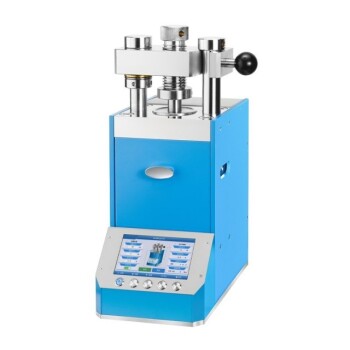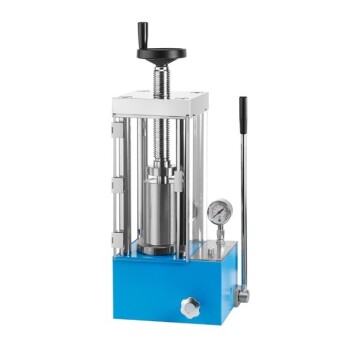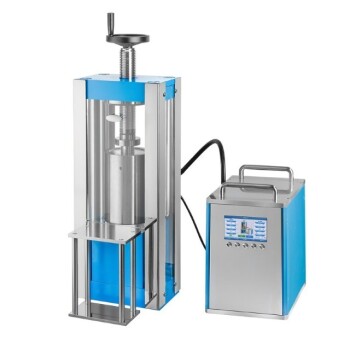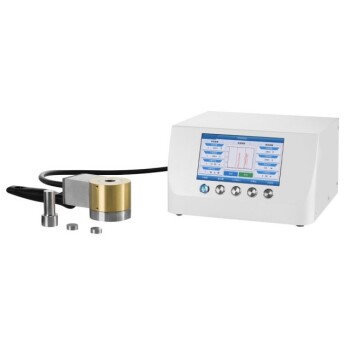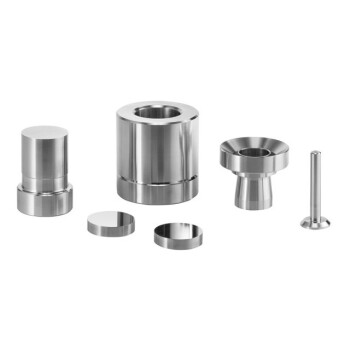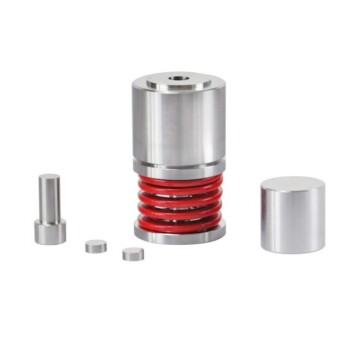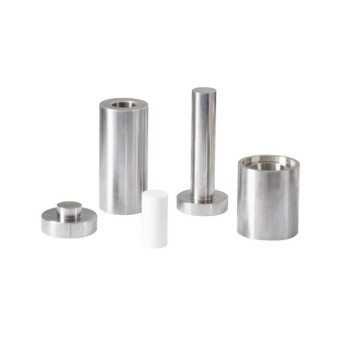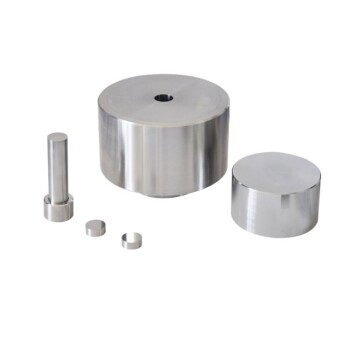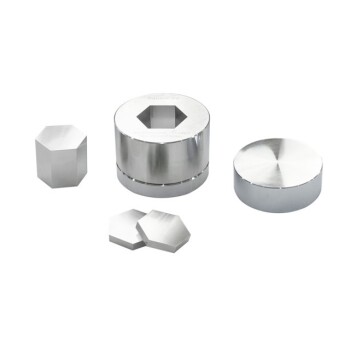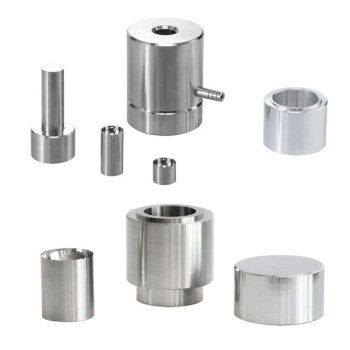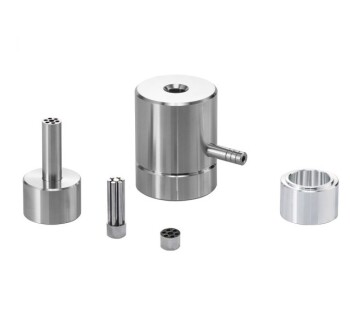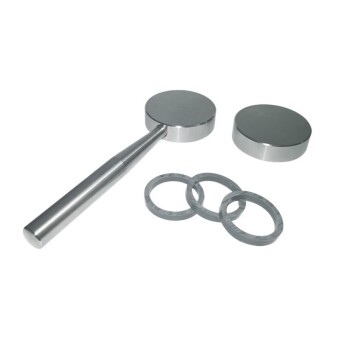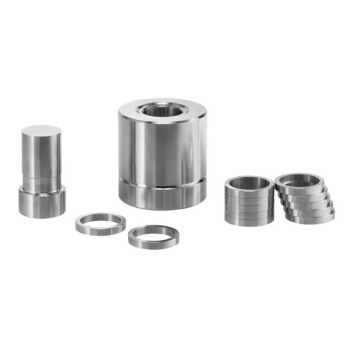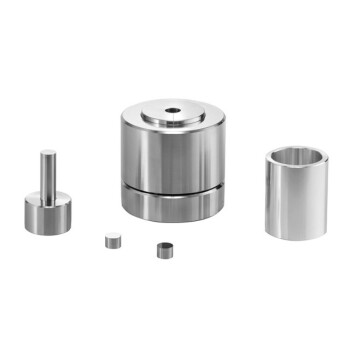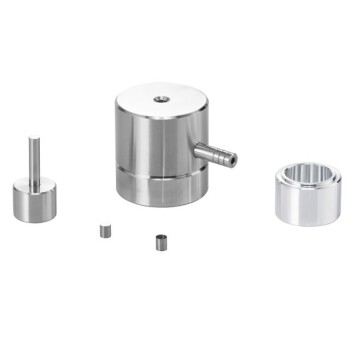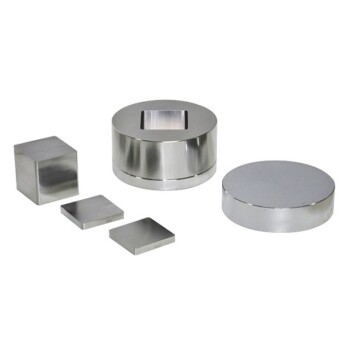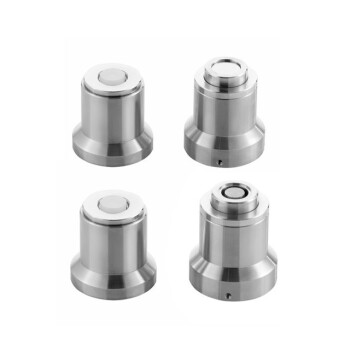Cold isostatic pressing (CIP) is a powder compaction method that applies uniform hydrostatic pressure from all directions to create dense, high-integrity parts with minimal defects. Unlike uniaxial pressing, CIP eliminates die wall friction and enables complex shapes using flexible molds. The process involves two main techniques (wet-bag and dry-bag) and is widely used for ceramics, graphite, and other materials requiring uniform density. While offering advantages like reduced cracking, CIP faces challenges in geometric accuracy and requires specialized high-pressure equipment with safety features.
Key Points Explained:
-
Definition & Principle
Cold isostatic pressing (CIP) is a materials processing technique where powder is compressed uniformly in a flexible mold submerged in a pressurized fluid (typically water or oil). The hydrostatic pressure (equal in all directions) ensures consistent density and minimizes internal stresses, making it ideal for brittle or complex-shaped materials like ceramics and graphite. -
Key Techniques
- Wet-Bag CIP: The powder-filled mold is entirely submerged in the pressure vessel. After pressing, the mold is removed for part extraction. Best for large or irregular parts.
- Dry-Bag CIP: The mold is fixed permanently in the vessel, allowing faster cycling for mass production of smaller parts (e.g., spark plug insulators).
-
Advantages Over Uniaxial Pressing
- Eliminates die wall friction, reducing density gradients.
- Enables intricate geometries and larger parts.
- Lower risk of cracking or laminations due to uniform stress distribution.
-
Equipment & Safety
CIP systems require robust pressure vessels (up to 600 MPa) and safety mechanisms like:- Blast valves to prevent overpressure.
- Dual pressure sensors and mechanical gauges for redundancy.
- Elastomeric molds (e.g., polyurethane) resistant to deformation.
-
Applications
- Ceramics: Preforms for insulators, cutting tools.
- Graphite: Crucibles and melting pots.
- Metals: Titanium or tungsten alloy billets for sintering.
-
Limitations
- Dimensional accuracy depends on mold flexibility, often requiring post-machining.
- Higher equipment costs compared to uniaxial presses.
- Slower cycle times for wet-bag processing.
-
Comparison to Hot Isostatic Pressing (HIP)
CIP operates at room temperature, making it cheaper but limited to green-body formation. HIP combines heat and pressure for full densification, used for final part consolidation.
For purchasers, selecting CIP equipment involves evaluating pressure range, vessel size, and automation level (dry-bag for high throughput). Consumables like mold materials and sealing systems also impact long-term costs. Would your application benefit from the isotropic properties CIP offers, or are simpler pressing methods sufficient?
Summary Table:
| Aspect | Details |
|---|---|
| Process Principle | Uniform hydrostatic pressure applied via fluid (water/oil) in flexible molds. |
| Key Techniques | Wet-Bag (submerged mold) for large parts; Dry-Bag (fixed mold) for mass production. |
| Advantages | No die friction, complex shapes, minimal cracking, uniform density. |
| Limitations | Lower geometric accuracy, high equipment costs, slower wet-bag cycles. |
| Applications | Ceramics (insulators), graphite (crucibles), metals (titanium billets). |
| Safety Features | Blast valves, dual pressure sensors, elastomeric molds. |
Ready to enhance your material processing with CIP?
KINTEK specializes in advanced isostatic pressing solutions, including lab-scale and production systems. Our expertise ensures optimal equipment selection for your ceramics, graphite, or metal powder needs. Contact us today to discuss how CIP can improve part integrity and reduce defects in your workflow!
